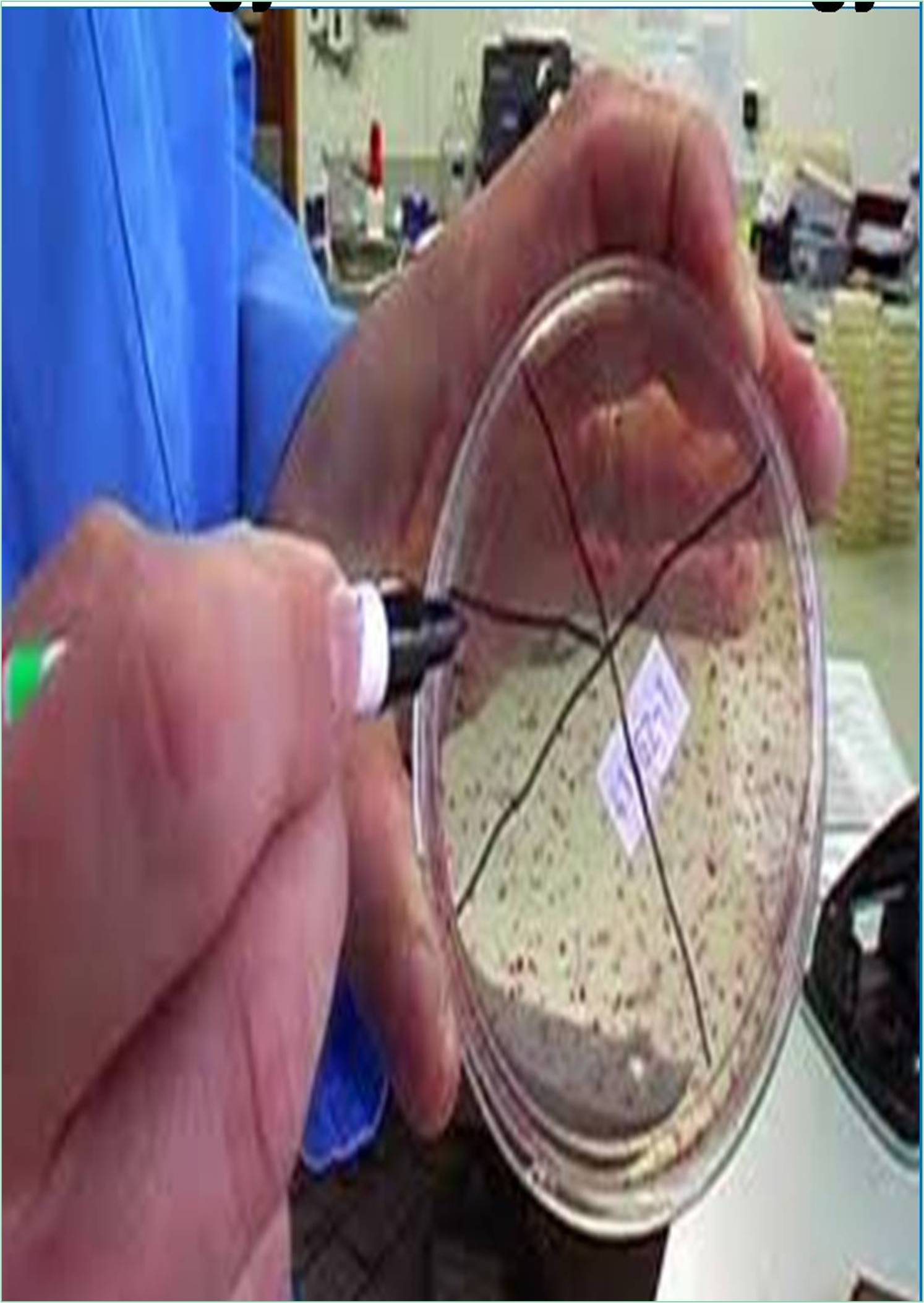



Published: 28-Dec-2021
Coronavirus is an infectious disease caused by Acute Respiratory Syndrome coronavirus 2. COVID-19 is transmitted when people breathe in air polluted by droplets and tiny particles of air that contain the virus. The risk of breathing in this is very high when people are nearby, but can be sniffed for long distances, especially indoors. People stay infected for up to 20 days, and can spread the virus even if they have no symptoms. Other forms of protection include physical or social isolation, isolation from air and airflow in the indoor air, to prevent coughing and sneezing, to wash hands, and to keep unwashed hands away from the face. The use of masks is recommended in public places to reduce the risk of transmission. While the work continues to develop antiretroviral drugs, primary treatment is symptomatic. Management involves symptomatic treatment, supportive care, isolation, and diagnostic measures. Infectious particles vary in size from long-acting aerosols to larger droplets that remain in the air or fall to the ground. The largest droplets of respiratory fluid do not travel far, and they can inhale or settle in the mucous membranes of the eyes, nose, or mouth to become infected. Aerosols are very high in concentration when people are close, leading to easy transmission of the virus when people are physically close, but airborne transmissions can occur in remote areas, especially in areas with little air; In those cases small particles can remain in the air for minutes to hours. All the structural features of the SARS-CoV-2 virus particles occur in naturally related coronaviruses. Cardiovascular symptoms are high, due to the inflammatory response system and immune disorders during progression, but severe myocardial damage may be associated with ACE2 receptors in the heart. Infection seems to trigger a series of vasoconstrictive responses within the body, narrowing of blood vessels within the circulatory system is also a factor in the depletion of oxygen and the introduction of viral pneumonia. It adapts to the situation during pregnancy to allow the fetus to grow his or her genetic load lightly shared with his or her mother, leading to a different immune response during pregnancy. COVID-19 can be temporarily detected on the basis of symptoms and verified using reverse transcription polymerase chain reactions or other nucleic acid tests for viral release. Chest CT scans can be helpful in diagnosing COVID ‑ 19 in people with high clinical suspicion of infection but not recommended for routine tests. Preventive measures to reduce the risk of infection include immunizations, staying home, wearing a mask in public, avoiding crowded places, isolating others, ventilating indoors, controlling exposure time, washing hands with soap and water from time to time. Those diagnosed with COVID-19 or who believe they have been infected are advised by the CDC to stay home without medical treatment, call before visiting a health care provider, wear a face mask before entering a health care provider’s office and in any room. Social isolation includes infection control measures aimed at reducing the spread of the disease by reducing human contact. Methods include exclusion; travel limits; and the closure of schools, workplaces, stadiums, theaters or shopping centers. People can use social distancing to stay away from home, to limit their travel, to avoid crowded places, to use social networking sites, and to isolate themselves physically.
None.
None.